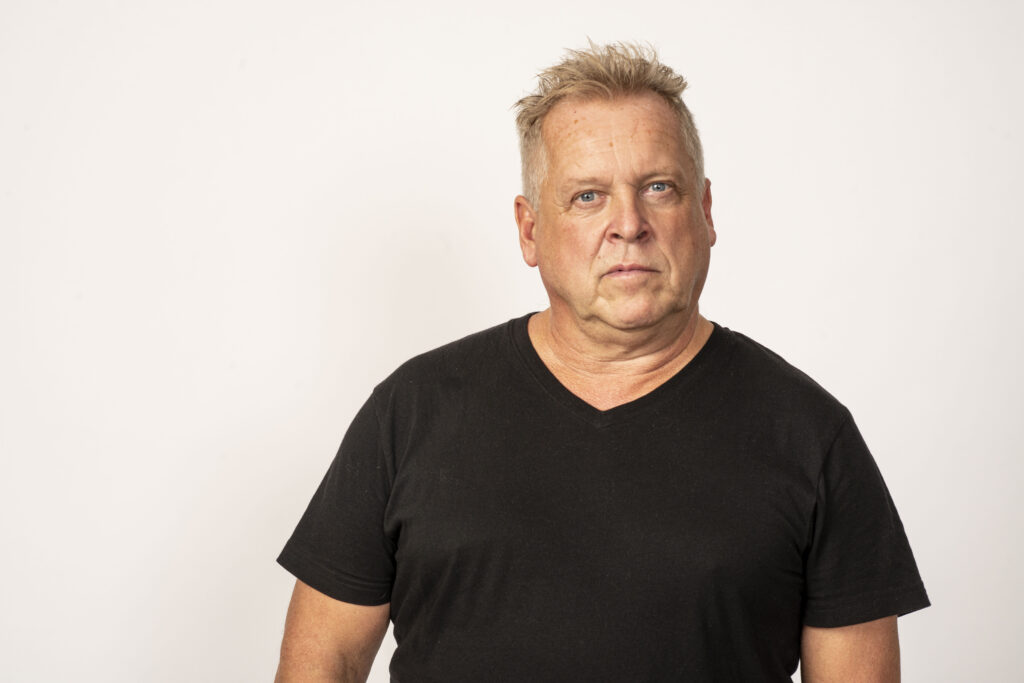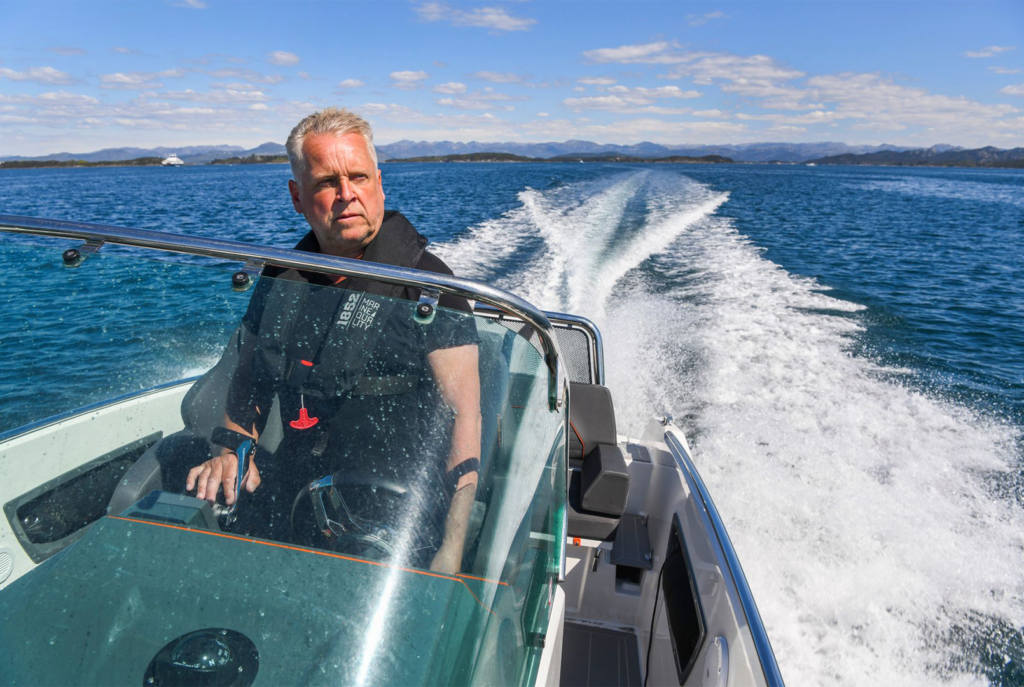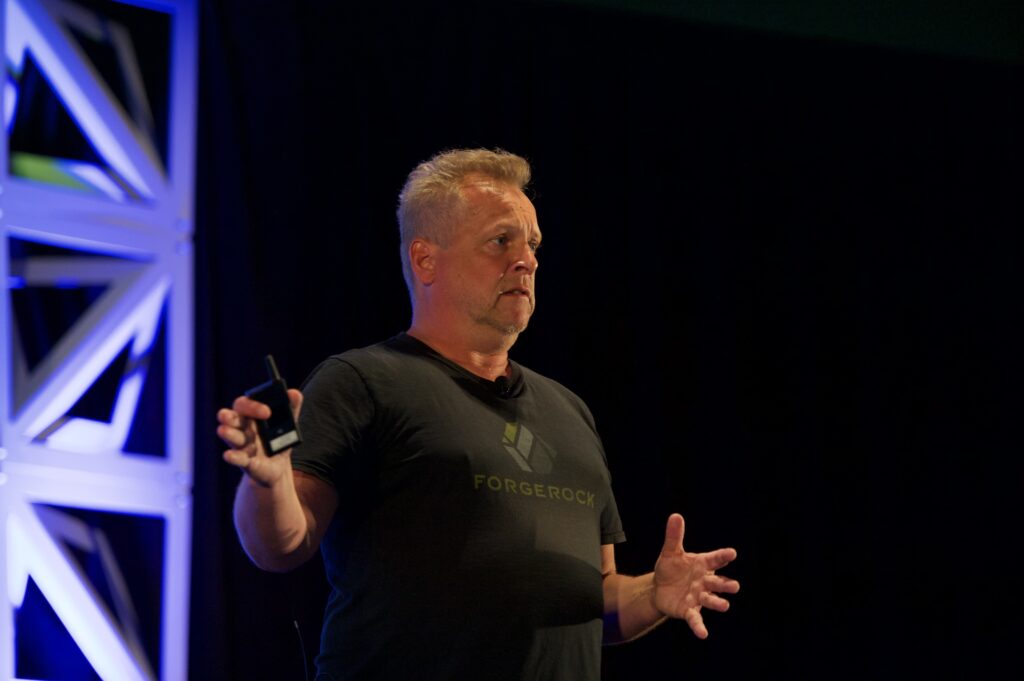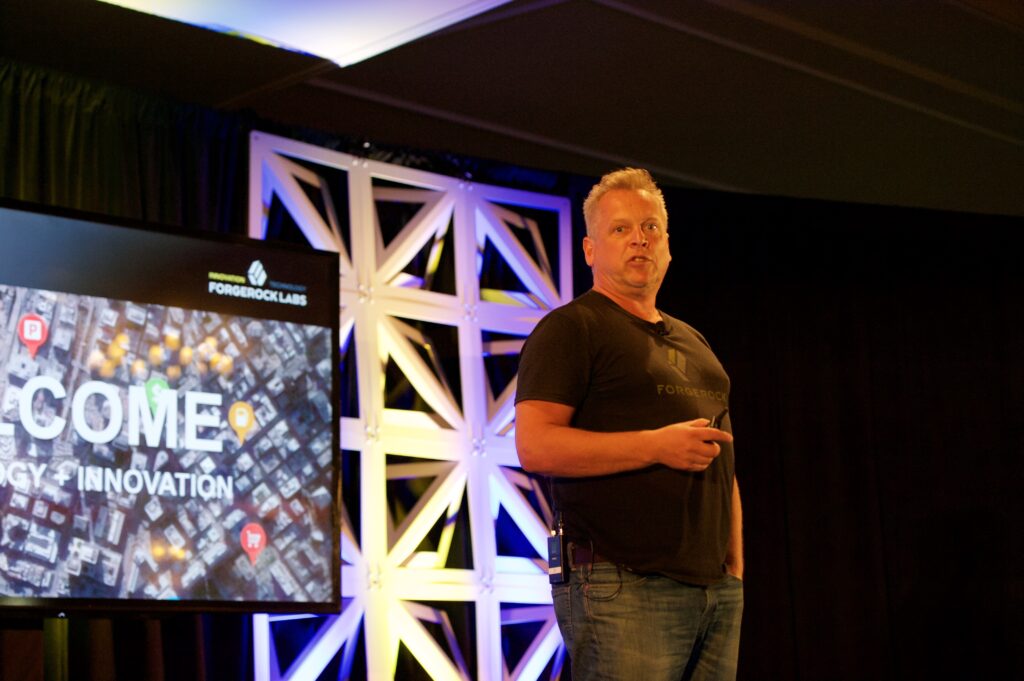Welcome to the second part of Lasse Andresen’s advice to London Tech Week on how to turn an idea into a billion dollar company, just like he did.

In Lunch With A unicorn: Part 1, Lasse looked at the five essential elements needed to create a digital product or service that people will love – the foundations needed to build a tech unicorn.
They were:
- The singular drive and passion needed to succeed
- Never having a Plan B
- The importance of solving a real problem for customers
- having focus and not creating a monster when you start out
- bringing your idea to life and showing it off as fast as possible
Now, let’s find out Lasse’s five key lessons about how to scale a firm and get ready to take over the world.
He started with:

When you are building your company – let alone trying to build a tech unicorn – you don’t just need to know what you’ll do, you need to know who you’ll be [Lasse says].
Company culture is the way you think, act, and interact every day.
For me it’s all about passion and innovation and inclusivity. It’s about having fun, kicking your competitors’ ass, and being very successful in delivering for your customers.
You need to know what culture means for you as it will dictate the kind of firm you build – and it will be instrumental in your success. It’ll be what gets the right people to join you and getting the best work out of them.
Of course, music works really well for building and moulding a culture.
I still haven’t met anyone who doesn’t like music of some kind or other. It’s a very common international language and it’s great for building a platform for communication and for creating shared moments.
At Forgerock [the multi-billion dollar tech firm Lasse built before Smpl] I used to take my staff ‘on tour’.
We would take a week and go somewhere nice. It’s all about building a sense of trust and of belonging. And everyone got to know the faces and the people behind the emails and phone calls.

It got pretty rock n’ roll sometimes. Like when I ended up walking through a hotel with a camel, looking for the swimming pool together.
These trips were all about creating stories that people can be part of and can share. And we are still talking about them years later. That’s because they created stories that brought people together.
Of course, when it came to the camel, we then had the problem of people asking ‘what the hell are you doing next year to top that?’
On that note, I think it’s time to look at lesson two…

When it comes to a company – or a band like the one I used to play in – it’s all about execution. For that you need the right people.
If you have the best people in the band and you walk on stage and perform, then you’ll get the audience to join in and everyone will have a great time.
In company terms, that applies to whether the audience is your customers, your employees, or your teammates. Having the right people is at the core of everything.
Too many entrepreneurs think they must be the smartest people in the room (and sometimes the only person in the room).
If you think like that then you’re going to lose out. Even if you are the smartest person in the room, there’s no way you can stay on top of everything.
Lessons from the Rolling Stones
You’ve got to be ready to learn from people who are different – and often better – than you.
If someone comes to me with a good argument or idea about how to do things differently and I learn something from them, then I’m happy to say ‘Let’s make changes to the plan’. That’s how innovation happens.
And don’t be afraid of having diverse opinions, characters, or approaches.
In the tech world I’ve seen so many brilliant engineers that leaders have problems managing. Very often the engineer is not the problem, the manager is the problem.
If you’re paid to handle people who are very demanding – but are brilliant – you should embrace that and work out how to do it.
Look at the Rolling Stones. Keith Richards was probably not easy to manage but he brought something that helped turn them into the biggest rock n’ roll band in the world.

No matter how great you and your team are, don’t be fooled into thinking you can do everything better yourselves. You’ve got avoid ‘not-invented-here’ syndrome.
If you think you can do it all then you’ll spend a lot of time reinventing the wheel rather than using stuff that already exists.
Instead, tap into people and tech that are already around to build something that is larger than yourself.
A good example from the tech world is open source programming. There are many ways to be commercially successful using it, even if that code is not your own and it’s freely available. So many unicorn IPOs in the last decade or so have been based on open source.
Open source is all about inclusive innovation and building something bigger than yourself. Embrace that concept, whatever it is you’re doing.
Think about how you can expand beyond the boundaries of your company; about how to create a community you can collaborate with and share stories with – something that is larger than the limitations of your own little team.

Don’t confuse having passion with being right.
As I said before, what wakes me up in the morning is finding and investing in new technologies and building new teams. I wake up wondering what I have been missing when I was sleeping. Fear of missing out is why I don’t sleep so much!
You’ve got to listen. Then listen a bit more.
Here’s a (non-exhaustive) list of people you must listen to as much as you can:
- your customers (or, if you don’t have any yet, people who have bought products in the same space as yours)
- your team
- advisors or mentors
- investors
- your family (they know you better than most!)
I’m not saying you should take all the advice you get at face value. Common sense goes a long way here.
You listen to take advice and then question where it’s coming from. Is it from a position of experience or expertise? Is there an ulterior motive? How much is based on presumption or ignorance?

The power of an idea – however good – is only ever in its execution. Too many people are talking about companies and talking about ideas. Very few are actually doing it.
Be the person who does it. It might be scary but that’s fine; there’s no safe way to do something new or different, particularly if that’s a creating a whole new company.
I always tell anyone who has an idea that ‘you can’t be half pregnant’. Either you are or you aren’t. I can give you all my ideas, but you still need to execute them.
Of course, you’ll then need to evolve the idea as you learn what’s possible, what’s profitable, and what is useful to the market you’re serving. But you’ll be doing it – and that’s a lot more than most people can say.
And finally…
I’ve never written a business plan. Not once.
But every company I start I have the same rules. Here they are, complete with a picture of me with my mentor, the founder of Sun Microsystems, Scott McNealy:

They’re pretty clear, I think, except maybe the last one.
‘Keep you butt in the corner’ means focus on what you’re good at and don’t try to do everything or be everything all at once. That’s the highway to hell.
Now get out there and just do it. And don’t forget to kick ass and have fun!
Lasse.











